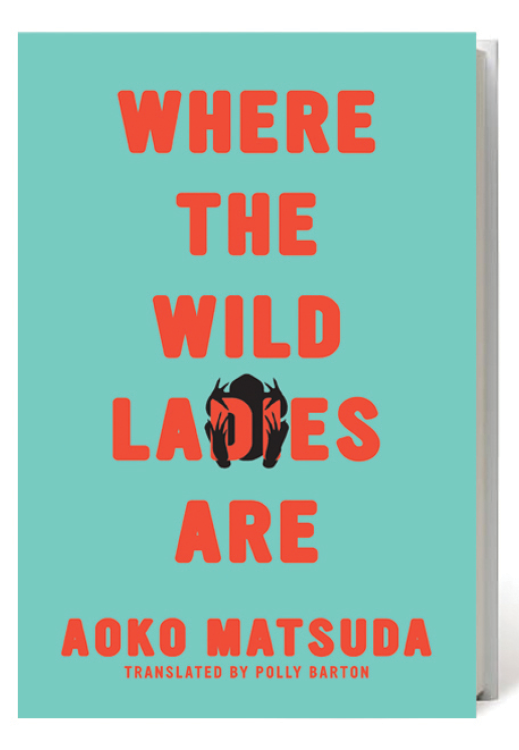 Who are the spirits living in cities, and why are they there? Aoko Matsuda's Where the Wild Ladies Are (Soft Skull Press, 2020)—translated from Japanese by Polly Barton—dares to answer this question, introducing us to the female sprites and yōkai (traditional Japanese monsters) who have clambered out of Japan's ancient forests and wells and entered into modern-day cramped high-rise flats, corporate headquarters, beauty parlors, and tourist complexes.
Who are the spirits living in cities, and why are they there? Aoko Matsuda's Where the Wild Ladies Are (Soft Skull Press, 2020)—translated from Japanese by Polly Barton—dares to answer this question, introducing us to the female sprites and yōkai (traditional Japanese monsters) who have clambered out of Japan's ancient forests and wells and entered into modern-day cramped high-rise flats, corporate headquarters, beauty parlors, and tourist complexes.
Loosely based on traditional folklore, the 17 stories in the anthology give agency to the women wronged by patriarchy's stronghold on historical narrative. Here, fox spirits and ghosts are presented not as the witch tricksters commonly found in fairy tales but as sensitive mothers, unseen guardians, independent ex-wives, and queer lovers living among us. Just as economic inequality, sexism, and unrealistic domestic expectations affect contemporary Japanese women, so do they affect the women's spirits long after death. One of the most compelling stories features a one-of-a-kind ghost who cares for the unsupervised daughter of a down-on-her-luck sex worker.
In several stories, shape-shifting women rejoice as they return to their true forms as hairy beasts and white foxes, rejecting the oppressive burdens of societal expectations—one being that women must be hairless and tame. These tales demonstrate a wildness in all of us that connects body to land, human to animal. The convergences of the spiritual and corporeal, the traditional and modern, together form an anthology that is rare in feminist Japanese literature.
This article appeared in the January/February edition with the headline "Out of the Woods."
Ysabelle Cheung
More articles by this author
- Keywords:
- books